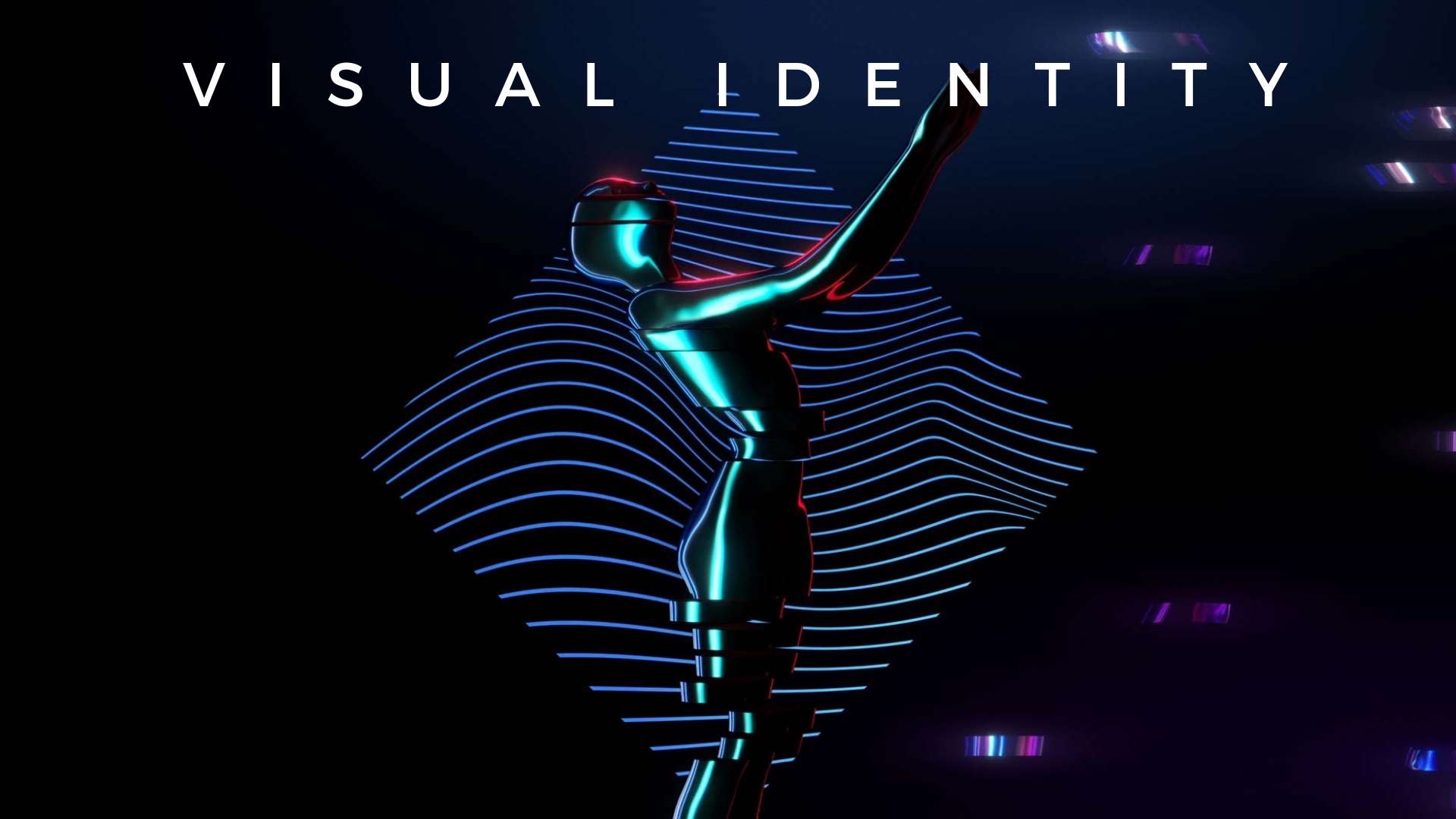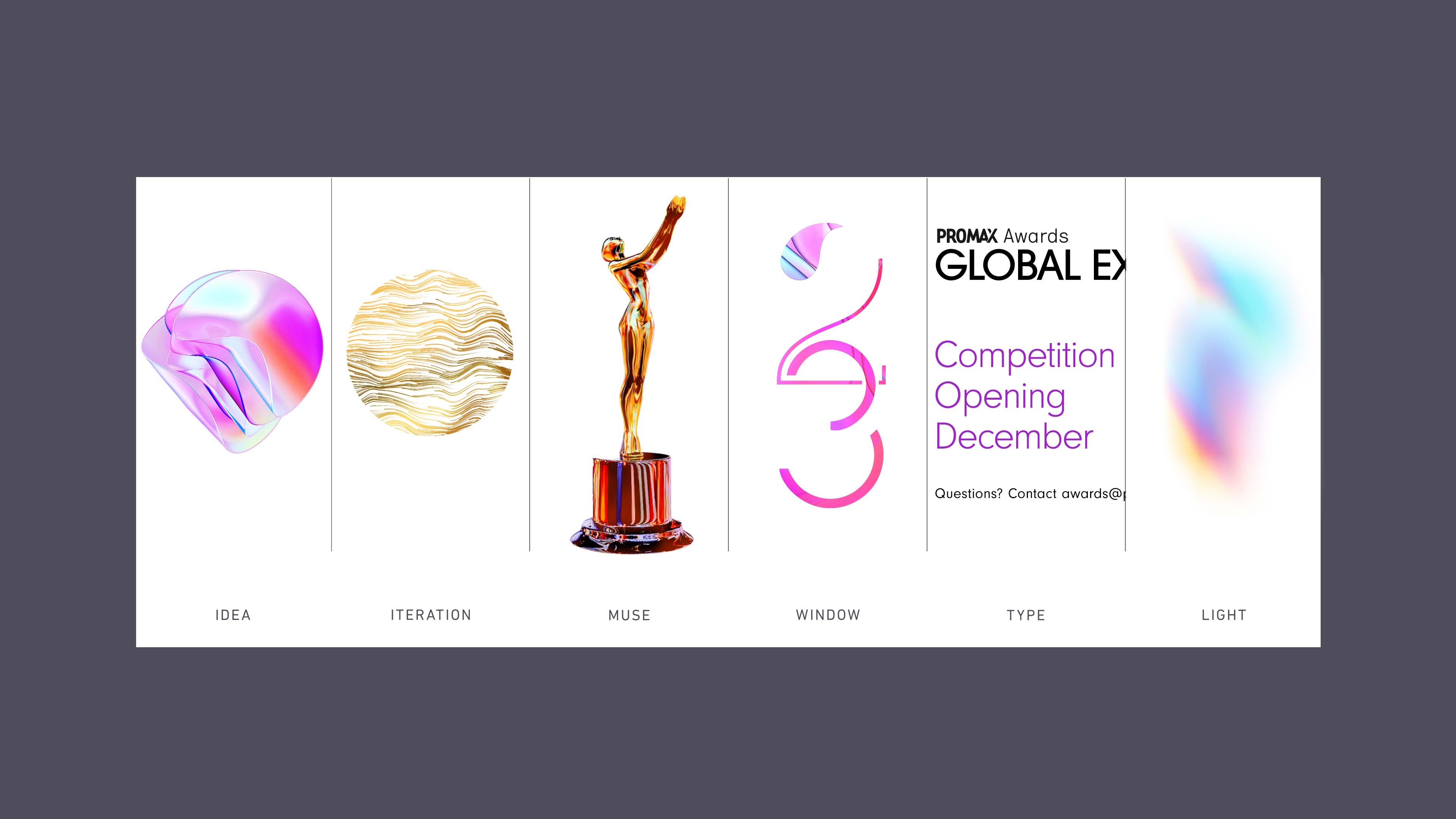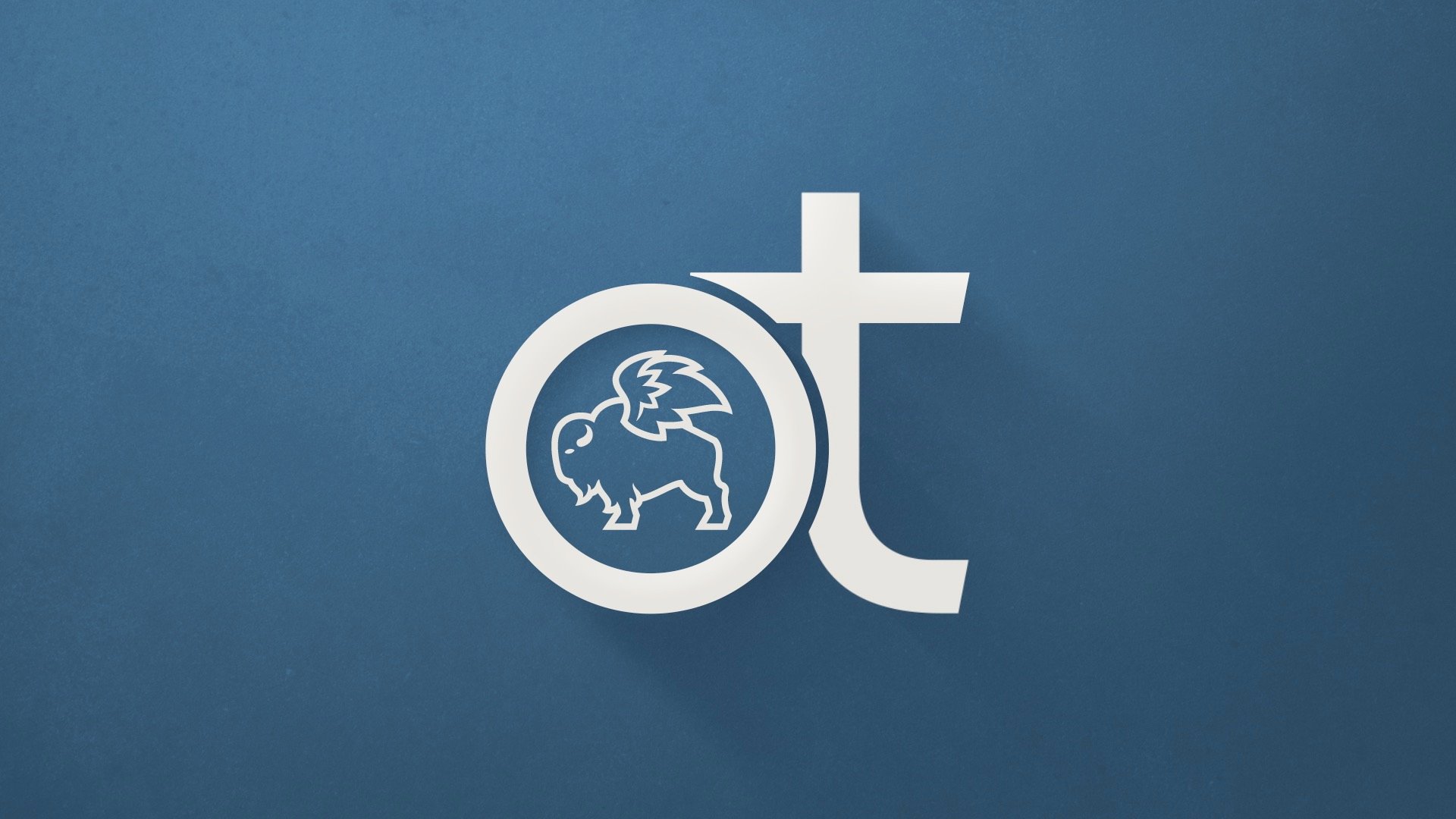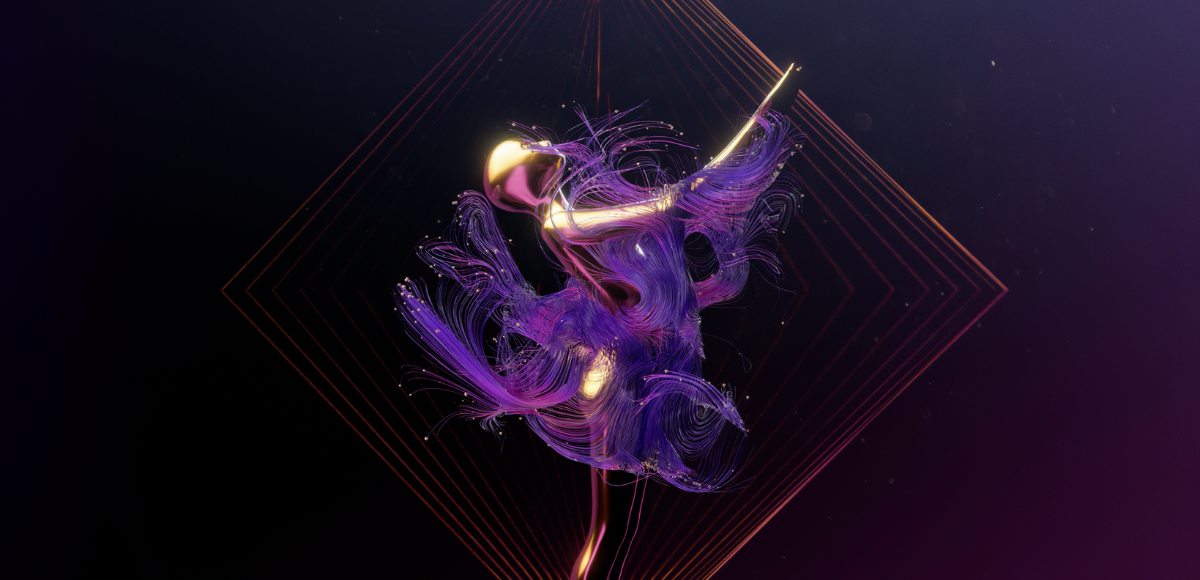
The Power of Visual Identity: More Than Meets the Eye
Written by Elevation
Visual identity is one of the most crucial aspects of building a strong brand. Let’s face it: in the world of branding, appearances matter. While we do believe it’s what’s on the inside that counts most, your outward appearances play a crucial role in making first impressions, establishing credibility, and attracting the right audience.
Consider the idiom “You can’t judge a book by its cover.” While there is truth to this, you can learn a lot about a book just with a quick glance. Within seconds of looking at the front of the book, you can answer a lot of different question: Is it for kids or adults? Is it a captivating political thriller or a reassuring guide designed to help boost your mindfulness? Does this book look like it belongs in the bargain bin or a best-selling list?
Through a combination of typography, colors, graphic design, and other context clues, you can intuit a lot about a book just through its cover, including if you will buy the book.
Guess what: People do the same thing with your brand.
Just like a well-crafted mission statement can inspire and guide a company, a strong visual identity can make a lasting impression on your audience. In today's increasingly visual world, a cohesive and consistent visual identity is crucial for establishing your brand's presence, personality, and purpose.
In this blog post, we'll dive into the world of visual identity and explore why it's an essential aspect of branding. We'll also examine the main components, the role of a logo, and how you can effectively show and improve your visual identity.
What Is Visual Identity?

Visual identity, also known as identity design, is a combination of visual elements that work together to create your brand’s unique image and look. This includes design elements like your logo, color palette, and typography, but there’s also a lot more to visual identity.
Iconography, motion behaviors, photographic style are also components that have an impact on how your audience perceives your brand.
We consider visual identity to be a key aspect of Brand Atmosphere. Check out Elevation's Guide to Brand Building to learn more about the critical role that visual identity plays within the world of branding.
The key takeaway: Any visual element that communicate your brand’s personality, values, and mission to the world is part of your visual identity.
Why is visual identity an important part of branding?

A strong visual identity helps establish trust, credibility, and familiarity with your target market. It can also you apart from the competition, creates an emotional connection, and reinforces your brand's core values and message
- First Impressions: In many ways, your visual identity is the first impression you make on your audience. Just as you learn a lot about a book glancing at its cover, a potential customer learns a lot about your company by just glancing at your visual identity.
- Establish Credibility: A polished visual identity conveys that your brand is good at what it does, instilling trust and credibility in your audience.
- Create Emotional Connections: Your visual identity should be an extension of your brand core, which are your values and mission. Ideally, visual identity will help communicate these core values, which will then create a connection between your brand and your audience. This emotional bond can lead to increased customer familiarity, loyalty, and advocacy.
- Boost Brand Recognition: A consistent visual identity makes your brand easily recognizable. This can ultimately lead to increased awareness, customer retention, and brand equity.
- Improve Consistency: A consistent visual identity reinforces your brand message and values, ensuring that your audience has a clear understanding of who you are and what you stand for.
- Communicate Your Brand Personality: Your visual identity is a reflection of your brand's personality, helping you attract the right audience that clicks with your unique point of view.
- Differentiation: You can effectively make yourself stand out from your competition through Visual Identity. If the trend in your industry is to use red as a main color, zag on everyone's expectations and go blue.
The Role of a Logo in Visual Identity

When people think of branding, a logo is one of the first things to come to mind. Your logo is one of the most prominent aspects of your brand's visual identity. It's often the first thing people see and associate with your company. A well-designed logo can create instant recognition and be used interchangeably with your brand's name.
While logos are definitely important, there’s much more to visual identity than just having a great looking logo.
Although, a great looking logo is a good place to start.
The Main Components of Visual Identity
- Logo: A visual representation of a brand, a logo is often used as a symbol or mark to identify a company or product. A company’s logo can be found everywhere, from being stamped on products to your company’s social media profiles. Logos can be graphical or composed of text, such as a wordmark. Logos are incredibly important, as they can be used as a shorthand for a brand’s name, such as the Nike swoosh.
- Colors: Colors evoke certain feelings and emotions in viewers, so it’s important to choose your brand colors with care. These sets of tones will represent your company and can help create a recognizable and unique look for your brand. These colors also need to be consistent. Those two tones of red might look “close enough,” but people will notice.
- Typography: Let’s talk about one of our favorite topics: fonts! Typography can be used to convey a certain personality and unique look that fits a brand. For example, a modern, tech-savvy brand might choose a clean, modern font, while a more traditional or classic brand might choose a serif font. The size and placement of the type can also be used to emphasize certain messages and create a visual hierarchy. Our brilliant Art Director and resident Typography nerd, Dianne, wrote a deep-dive on the five most influential typographers in the last century and showed their impact on branding.
- Photography: Photography is a powerful tool for defining a brand’s visual identity. Both still photography and videography (those newfangled moving pictures) can be used to create a mood, convey a message, and connect with an audience. Consider elements like composition, color balance, and contrast, as these will greatly affect what kind of message your photography sends. A picture of a subject evenly and brightly lit will say something completely different than a shot of the same subject with moody and punchy lighting.
- Graphic Design: Brands can use graphic design to create attractive, unique, and memorable visuals. Graphic Designers combine colors, shapes, images, and text to create a cohesive look and feel like they belong to the brand. Graphic design can be utilized everywhere from webpages and social channels to product packaging to broadcast ads.
- Iconography: Iconography is the use of symbols, images, and/or graphic elements to represent a concept, idea, or message. By using iconographic imagery, brands can communicate complex ideas in a simple and visual way. Good iconography has many advantages, one of the most important being its ability to be understood in multiple markets without needing to be localized.
- Motion Behaviors: Now that you know how your brand looks, ask yourself how it moves. Motion behaviors refer to the use of animation, video, motion graphics, and other visual effects. The use of motion can create a dynamic, memorable, and engaging visual identity.
Visual Identity Case Studies
.2021-01-25%2014_24_11.gif?width=1920&height=1080&name=NickPlay_LogoGreen%20(2).2021-01-25%2014_24_11.gif)
NickPlay: When the NFL Playoffs aired on Nickelodeon for the first time, they needed a new visual identity for the broadcast that would appeal to Nick's young audience. Just placing the serious hard-hitting graphics and chromed-out iconography from a traditional sports broadcast wouldn't have fit with Nickelodeon's fun and colorful brand.
For the NickPlay NFL broadcast, we created a bright, colorful, and eye-popping visual identity that leaned into the ridiculous fun of the Nickelodeon brand that celebrated football and made it approachable and fun for a brand new audience.

Promax Awards: We were given the honor and daunting task for creating a visual identity for an awards show that celebrates the entertainment marketing industry. If you're unfamiliar, it's a little like coming up with an original score for the Grammys. We were creating something that would be seen by our peers in the design community, an extremely discerning audience. So we created a visual ID that captured the artistic process. These visual elements were translated across several different mediums, from the splashy awards show intro to nominee graphics to Instagram Stories.

Scripps News: For the launch of Scripps News, we needed to create branding that found a place in the middle that invited all viewers rather than alienating some. We focused on concepts around forward movement, breaking down the pieces, and enlightening viewers without leading them. While the visual identity is primarily blue to align with the overall Scripps Brand, we also incorporate elements of purple, which combines the calm stability of blue and the fierce energy of red.

Escape: In our award-winning Escape network rebrand, we created a gritty and organic visual identity through strong, high contrast imagery that creates a sense of mystery. The key to the brand is the Escape logo, treated in 3D and 2D, which is integrated into live action and informational graphics.

Antenna TV: With this total brand overhaul for Antenna TV, we aimed for an identity that felt appropriately retro, yet modern and fresh. To create a timeless feel, we went in a direction that embraced bright colors and simplicity, which differentiated it from the competition.
How can I show my visual identity?

Your visual identity can live everywhere your brand lives. Here are just a few suggestions of where you can utilize your visual identity.
- Content Marketing: Incorporate your visual identity into blog posts, infographics, and other content through consistent use of fonts, colors, and iconography.
- Social Media: Use your logo, color palette, typography, and photography across all social media platforms, including avatars, banners, and content.
- Website: Design your website with your visual identity in mind, using consistent colors, typography, and imagery.
- Email: Include your logo and other visual identity elements in your email signature and templates.
- Internal Communications and Tools: Integrate your visual identity into internal communications and tools like Slack, Canva, and Microsoft Teams.
- Business Cards: Design business cards that reflect your brand's visual identity, including your logo, colors, and typography.
How to Improve Your Visual Identity
- Understand Your Brand: Get a deeper understanding of your brand values, target audience, and message. Make your visual identity an extension of these core principles. If you’re looking for more information, check out Elevation’s Guide to Brand Building, which includes exercises on how to improve every aspect of your brand.
- Consistency: Ensure all elements of your visual identity are consistent across platforms, from your logo and colors to typography and imagery.
- Color and Font Psychology: Different fonts and colors communicate different messages, even on a subconscious level. Choose colors and fonts that accurately represent your brand's personality and values, and evoke the desired emotional response from your audience.
- Professional Design: Work with skilled designers who understand your brand and can create visually appealing and memorable visual identity elements.
- Evaluate and Iterate: Continuously evaluate the effectiveness of your visual identity, and make adjustments as needed to ensure it remains relevant and impactful. This is why brands must refresh their identities on a regular basis.
Conclusion: Why visual identity matters
Visual identity plays a vital role in differentiating your brand from competitors, creating a lasting impression on your audience, and fostering brand recognition and loyalty.
A well-crafted visual identity is a critical component of your overall branding strategy. If you're looking to create or improve your visual identity, our design and branding experts are here to help. We have extensive experience in crafting compelling visual identities that resonate with audiences and drive brand success.
Ready to elevate your brand's visual identity? Get in touch with our team today!
